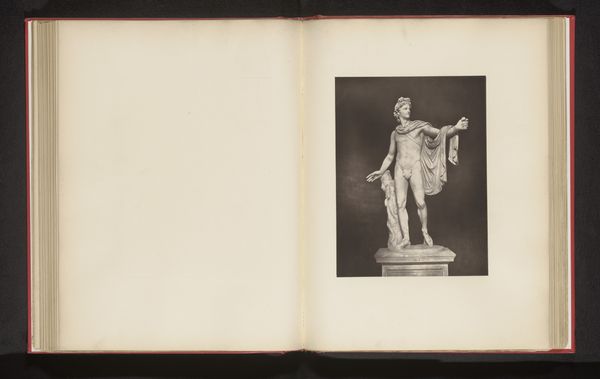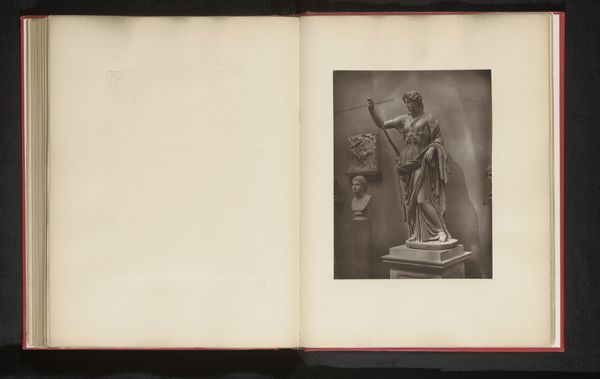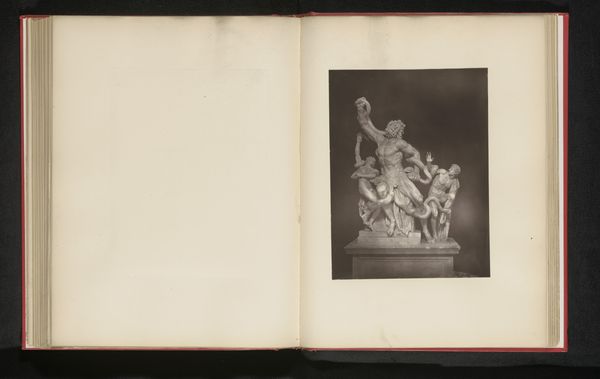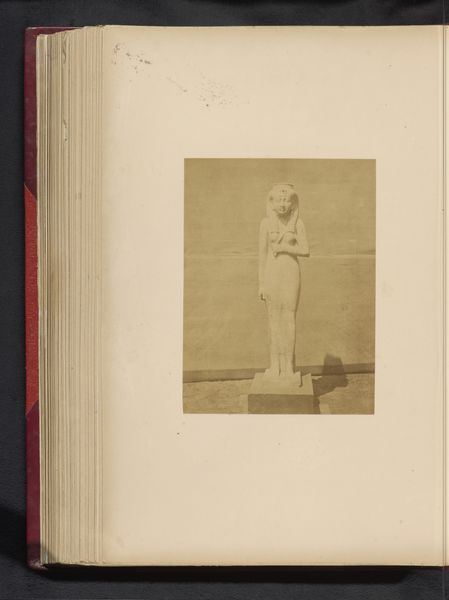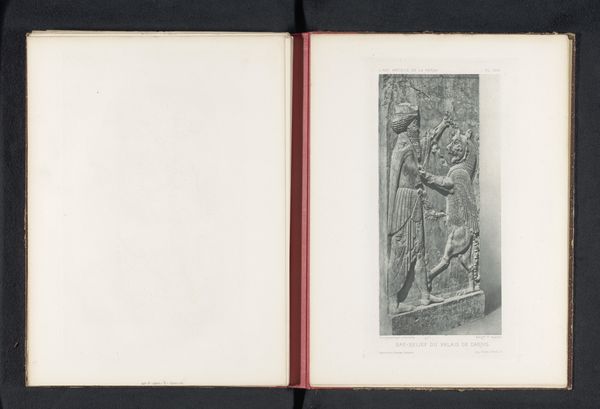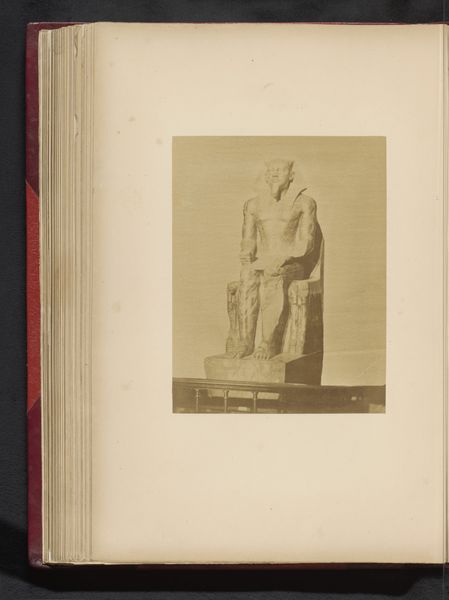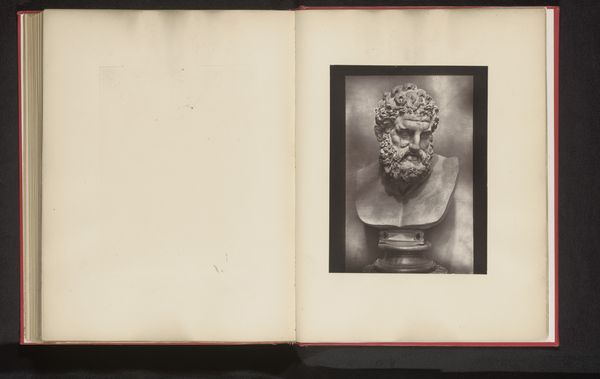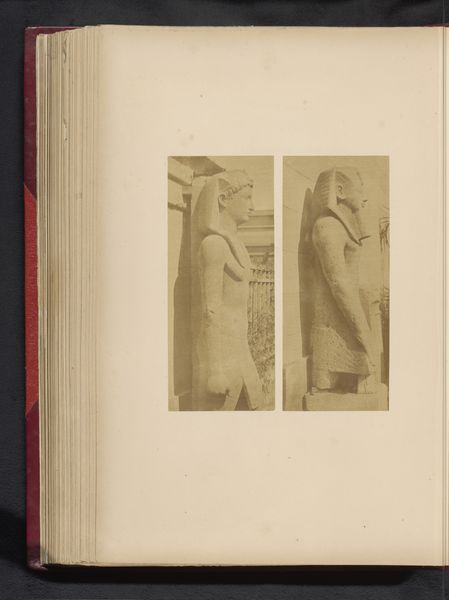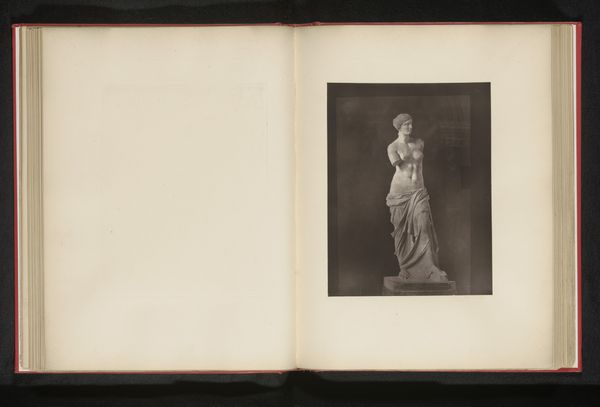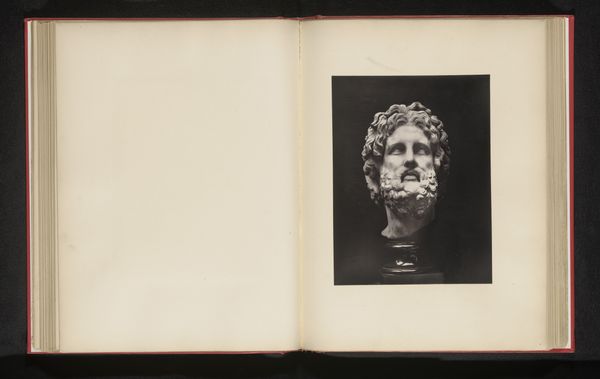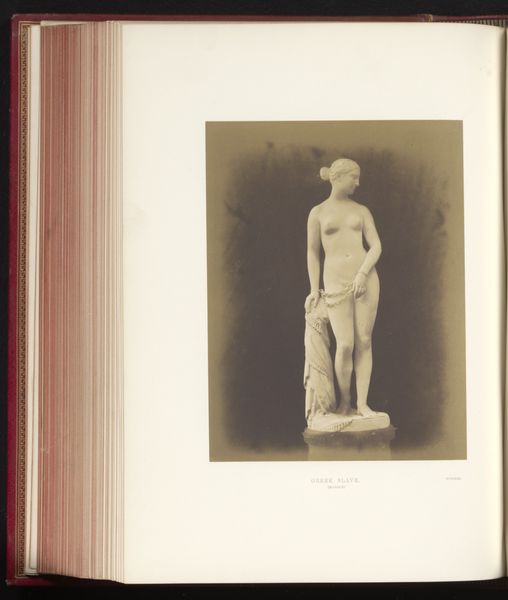
print, photography, sculpture
#
portrait
# print
#
classical-realism
#
figuration
#
photography
#
ancient-mediterranean
#
sculpture
Dimensions: height 207 mm, width 157 mm
Copyright: Rijks Museum: Open Domain
Editor: Here we have a photograph of the "Statue of Lucius Aelius Verus," dating back to before 1878. It appears to be a print, likely of a classical sculpture. The figure is imposing, standing tall in what seems like Roman military attire. What do you see in this piece? Curator: What immediately strikes me is the context surrounding representations of power, especially during the height of classical realism. Think about how images like these, meticulously crafted and widely disseminated through prints, reinforced notions of ideal masculinity and imperial authority. How do we, today, reckon with the legacy of these images which perpetuate historical hierarchies? Editor: That's a great point. I hadn't considered how the image itself contributes to that narrative. What does the act of photographing and reproducing this statue add to the dialogue? Curator: Precisely! Photography here becomes a tool – an active agent in reshaping and reinterpreting classical ideals for a contemporary audience. Think about how notions of authenticity get questioned, or even destabilized. Does reproducing it through a print democratize its appeal, or does it dilute the statue's aura of power? Editor: It’s fascinating to think about how the medium influences the message. Curator: Absolutely. It compels us to critically examine not only the historical figure, but also the processes and motivations behind its continued reproduction and display. What questions does this raise about our relationship with historical representation? Editor: It makes you consider how we internalize the visual language of power, and the choices artists make in either upholding or subverting that language. I never thought about how photography, even of a statue, can be such an active player. Curator: It all becomes a dialogue - art historical, social, political. That's where the real power lies – in the questions the art provokes.
Comments
No comments
Be the first to comment and join the conversation on the ultimate creative platform.
